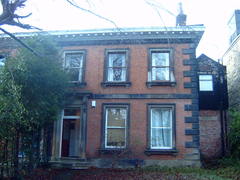 An Englishman’s home is proverbially his castle, but letting your property fall into an advanced state of disrepair can have serious legal consequences. A householder found that out to his cost when his near-derelict home was compulsorily purchased by a local authority after it became a blight on his neighbours.
An Englishman’s home is proverbially his castle, but letting your property fall into an advanced state of disrepair can have serious legal consequences. A householder found that out to his cost when his near-derelict home was compulsorily purchased by a local authority after it became a blight on his neighbours.
A decade after the man bought a long lease of the house for £62,000, it was so badly afflicted by rising damp and dry rot that the floor in its front room had collapsed. After neighbours complained that their homes were being affected by the decay in the house’s condition, the local authority exercised its power under Section 17 of the Housing Act 1985 to compulsorily acquire the property.
In assessing the amount of compensation payable by the council under Section 15 of the Compulsory Purchase Act 1965, the First-tier Tribunal (FTT) noted that, following the acquisition, it had cost almost £40,000 to refurbish the property to the standard required to enable its onward sale.
The FTT awarded £28,000 in compensation on the basis that that was the property’s value as at the date of the compulsory purchase. That sum being by some margin insufficient to pay off the mortgage secured on the property, the FTT directed that it be paid by the council directly to the lender. The householder, who played no active part in the proceedings, received nothing.



